- 注册
- 登录
- 小程序
- APP
- 档案号


建筑档案 · 2019-09-26 18:28:45
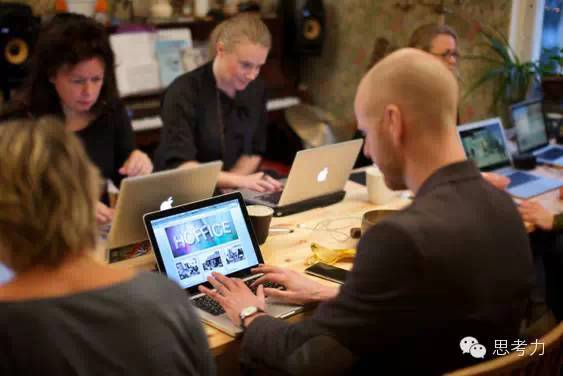
2014年,MAT Office从荷兰搬到北京之初,发现城市里涌现了各式各样的新型工作空间,人们在里面意气风发地聊风投、谈创业、找合作,创业变成一种新流行的工作模式,也逐渐地颠覆着传统意义上工作的概念。作为一个研究型设计事务所,我们意识到应该跳出传统的设计师思维,从设计师和研究者的双重角度对这种新经济现象进行立足于本专业的知识梳理,并提出预测性的发展方向。于是,MAT Office在北京发起了一项名为“Office 3.0 —— The Next Working Space”的研究课题,旨在探讨未来办公空间的重塑问题。
Since MAT Office moved to Beijing from Holland in 2014, it has been found that a variety of new types of office space are springing up; where people are high-spirited and vigorous while chatting about venture investment, startups and cooperation. It has become a new trend of work pattern, which gradually overturns traditional working concepts. As a research-based design office, we have noticed that we should jump out of the traditional ways of thinking to integrate our expertise from the perspectives of designers and researchers on this new economics phenomenon, and develop a prospect of it. Therefore, MAT Office initiated a research topic called ‘Office 3.0 - The Next Working Space’, aiming to explore the remodeling of future working spaces.
办公空间三大演变
Three evolutions of working space
办公室工作的概念自产生以来就一直与管理和脑力劳动紧密结合。自从电话、电报等通信和运输系统的发明发展,管理工作和脑力劳动工作可以脱离工厂车间等生产地而更多融入到城市中,办公空间也逐渐演进成一个单独的建筑类型。长期以来,对信息及时的处理和更高效生产力的要求导致了办公空间的演变。在Office 3.0未来办公空间研究课题的架构中,我们借用互联网的发展历程Web 1.0、Web 2.0的定义,将办公空间的发展演变总结为三个阶段,即Office 1.0、Office 2.0和Office 3.0。
Ever since the concept of office work was created, it has always been closely connected with management and mental labour. With the invention of communication and transportation systems like telephone and telegram etc, it is possible for management and mental work to be carried out in urban areas rather than being restricted in manufacturing plants. As a result, working space has gradually become a separate category of building. For quite a long time, the demands for timely information and high productivity have facilitated the evolution of working space. We borrowed the definition of internet’s evolutions, i.e. Web 1.0, Web 2.0, to name the framework of our research topic as ‘Office 3.0 - The Next Working Space’, which means to summarize the evolutions of working space into three stages, i.e. Office 1.0, Office 2.0 and Office 3.0.
Office 1.0,可追溯到十九世纪末期基于泰勒主义管理方式的办公空间,从工作效率和管理机制出发,内部是为了适应各种工作类型而通过家具实现的各种空间划分,外部是以西格拉姆大厦为原型的高层办公楼开发所带来的摩天大楼城市风景。Office 1.0阶段出现了经典的格子间办公划分方式,一直延续至今。
Office 1.0, can be traced back to the nineteenth century, based on the Taylorism’s management style of working space. For efficiency and management mechanism considerations, interior spaces were divided by furniture in order to adapt to different types of work. For the outside space, high-rise office buildings inspired by the Seagram Building formed an urban landscape featured with skyscrapers. The classical cubicle space planning emerged at Office 1.0 stage, which continued to be used till today.
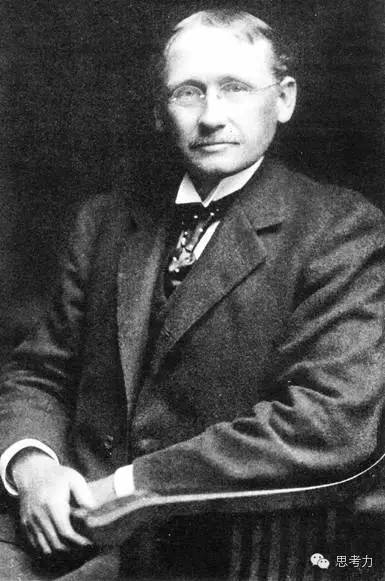
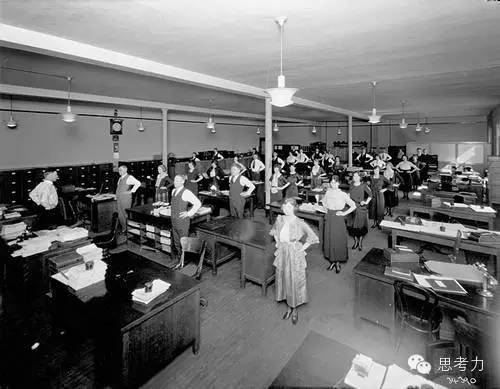
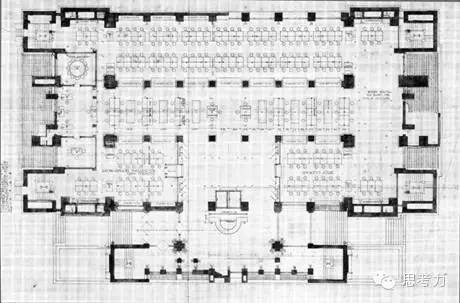
Office 2.0,基于网络技术的发展下产生的自由办公和远程协作的办公,以新兴互联网企业如Google,Facebook等办公空间为代表,工作的知识性、创造性和启发性需求将办公空间推到一种极度自由的状态,个人的办公位置在办公空间内部,逐渐地不受地点、空间约束而变得随时随地。但办公建筑作为一种建筑类型仍然具有清晰的功能属性,并与Office 1.0阶段相比并无显著差异。
Office 2.0, the internet technology based remote working, as represented by Google and Facebook, have led office space to an extremely flexible state by its intellectual, innovative and inspirational nature. The office space of an individual is no longer bound by location and space. But very similar to Office 1.0, office buildings of this stage still possess clear functional properties.
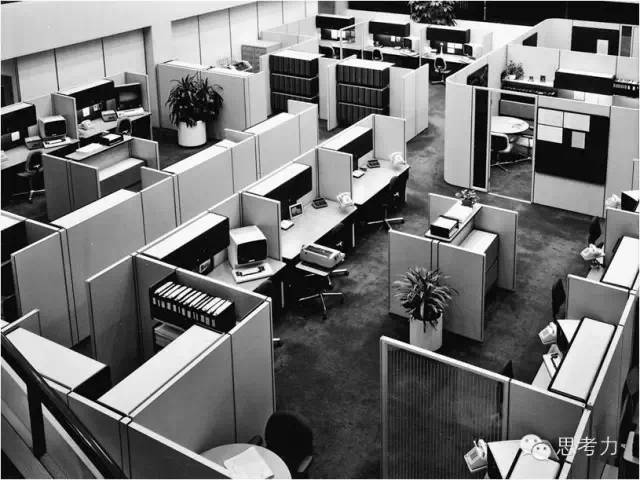
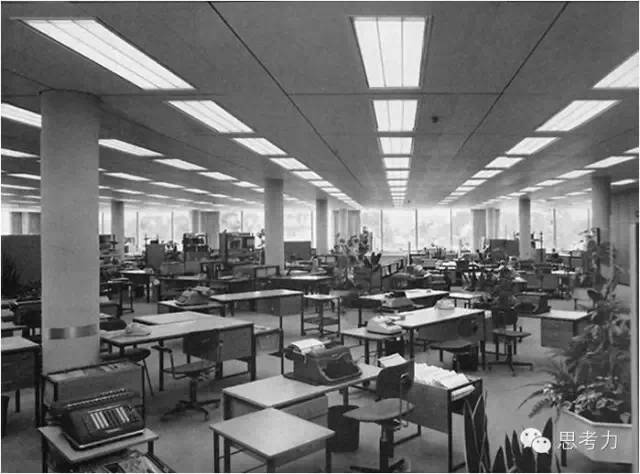
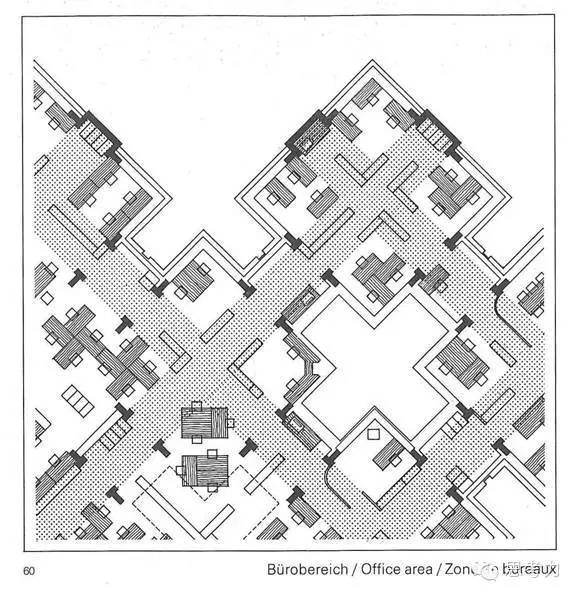
Office 3.0,由于创业的机制、跨领域合作的工作模式,未来的办公空间不仅在空间内部会更偏重于协作、相遇和激发,在城市视角下看,随着工作与生活的职能模糊、工作空间与城市空间的界线模糊,办公建筑将发生类型和功能的改变。办公作为个体介入社会的一种行为,对传统工作的空间依赖降低。
Office 3.0, due to the appearance of trans-disciplinary collaborative working mode, the future working space will emphasize cooperation and motivation. As the functions of work and live start to integrate, the boundary between working and living spaces becomes vague, which will lead to changes in the types and functions of office buildings. Working as a behavior of individual involvement in the society is becoming less dependent on traditional working spaces.
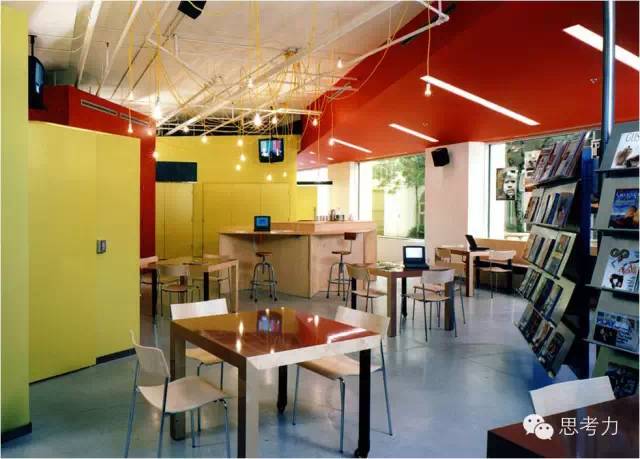
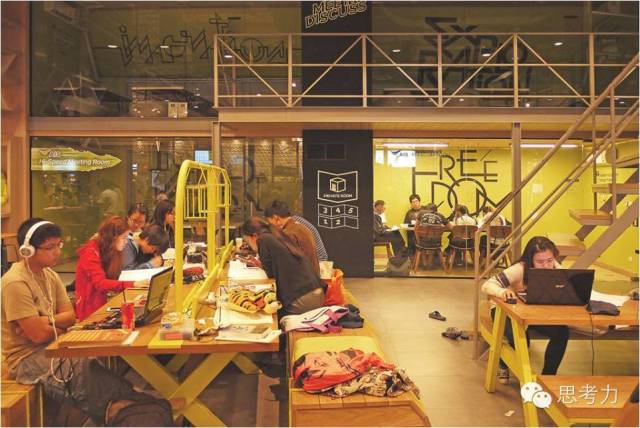
未来,工作与生活的互联
The interconnection between work and life in the future
如果说Office 3.0阶段意味着工作变成一种城市生活的状态,那么传统的根据单一功能涂色块的规划方式将发生改变。这不是一种不切实际的预设。正如前文所提到的,二十世纪六、七十年代出现的各种对现代办公空间的反思性设计,其实已经是从城市观出发将办公空间与城市空间融合的案例。观察近几年出现的各式办公空间,我们发现这种功能和空间模糊的趋势愈加显著。最普遍的是通过在正常工作空间植入互动和元素的办公室,如Facebook, Google等科技公司里各种基于灵感激发所设计的个性工作区。在北京东四十条的SMART联合办公空间,特设的家具展区使得在展示品床榻上开会便成了该空间一大亮点,并有囊括众多当代艺术收藏品的艺术客厅,亦为该空间带来高于办公空间的附加值。在北京电子城产业园一个名为Workjam的工作空间,办公空间的设计则是基于城市街区的概念,每个多边形街区是一组办公室,办公室朝外一侧自然采光,朝内一侧人工照明的白色墙面作为画廊的展墙,使得办公空间与画廊空间互为空间的图底和正负形。办公单元之间的穿越带来的是画廊里的游走与交往可能,一种近似于城市街道公共生活的丰富体验。
不仅如此,办公的功能也在往其它的建筑空间渗透。比如,泰国清迈的MAYA购物中心里出现的二十四小时工作咖啡C.A.M.P,打破了人们对传统百货商场的印象,是一则十分典型的办公空间侵入到消费空间的案例。在2012年纽约的布鲁克林,联合办公品牌Loosecubes在曼哈顿桥下组织了一场为期一个月的开放式联合办公空间免费试用活动,人们从城市的四面八方赶来以工作的状态介入城市的公共空间。更加有趣的是,在瑞典的斯德哥尔摩,一名记者发起了到居民家里联合办公的Hoffice (Home+Office)活动,人们通过网络小组邀约十人左右到某个居民的客厅工作,并通过设置共同的工作、休息时间单元来相互监督工作效率。
If Office 3.0 means working has become a state of city life, the traditional offices is goingto be changed. For example, the 24-hour coffeeshop, C.A.M.P, in the MAYA shopping mall in Chiang Mai, Thailand has changed people’s perception of a conventional shopping mall. It is a typical case of the combination of working and consumption spaces. Back in 2012 in Brooklyn, New York Loosecubes, an office-sharing service provider, hold a 1-month event under the Manhattan Bridge offering the public free trial of open working space. People came from all around the country in order to experience this event under an urban environment. And, more interestingly, a journalist in Stockholm, Sweden launched the Hoffice (Home+Office) campaign, in which groups of people (around 10) were invited through internet to work together in one of the participant’s living room and supervise each other by setting up a common schedule.
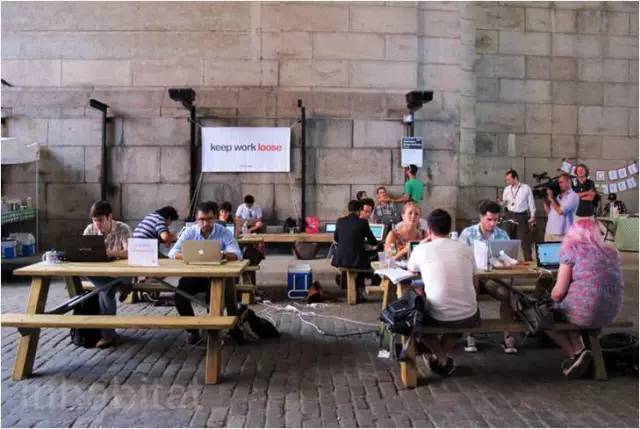
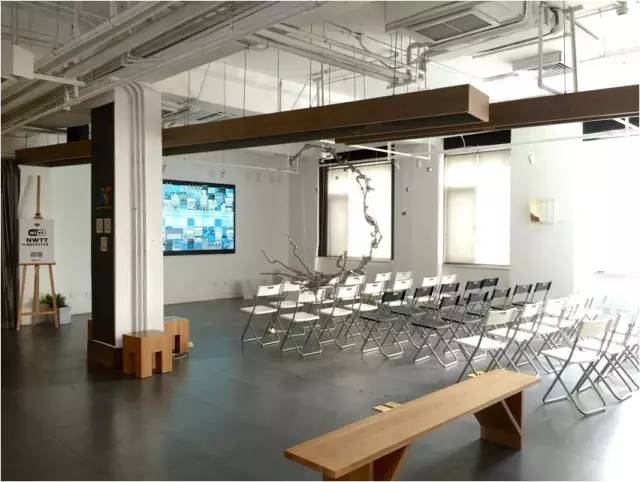
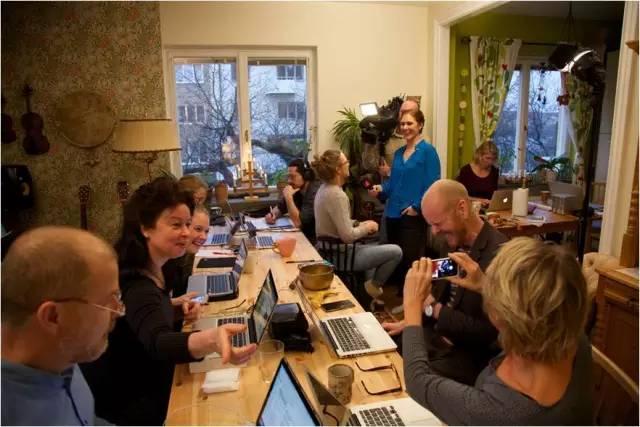
通过这些案例,我们需要思考的是,办公空间本身对工作究竟有多重要。就比如最近国内被新闻热炒的政府鼓励创投政策,以及随之涌现出的大量联合办公空间,一方面变成了时髦的投资方向,一方面又频频被质疑其真正价值和持久性。借用台湾设计师谢昆霖在一篇专栏文章中提出的质疑,对创业而言可能最不需要的就是办公空间。这不代表说空间不重要,而是提醒我们应从更开阔的视角去定义工作、定义生活、定义空间。我们需要讨论个人(individuality)和集体(collectivity)在空间评价中的关系,需要分辨出我们究竟是需要一个完全个人化的自由空间,还是对人作为社会性存在之下,对公共空间和公共服务功能的渴求等等。
当工作不再是个体的谋生方式,而成为必需的社会交往和生活方式,办公空间将何去何从?办公空间,可能不仅仅是办公桌那么简单。办公空间的价值,或许将不再建筑里的单一空间的租售价格,而取决于空间能够带来的公共性、社会性、城市性等附加值。
Through these cases, what we need to think is how important working space is to work. For instance, venture investment encouraged by the Chinese government recently has given rise to a large number of joint offices. On the one hand, they have become a popular investment trend; yet on the other, their actual value and sustainability are frequently questioned. This requires us to look at the relationship between individuality and collectivity in the assessment of spaces. Hence, we need to identify our true needs – should it be a completely personalized free space or a common space that meets the functional requirements for human as social beings?
(文章作者张淼、唐康硕为MAT Office建筑事务所创始合伙人)
特别声明
本文为自媒体、作者等档案号在建筑档案上传并发布,仅代表作者观点,不代表建筑档案的观点或立场,建筑档案仅提供信息发布平台。
10
好文章需要你的鼓励

 参与评论
参与评论
请回复有价值的信息,无意义的评论将很快被删除,账号将被禁止发言。
 评论区
评论区